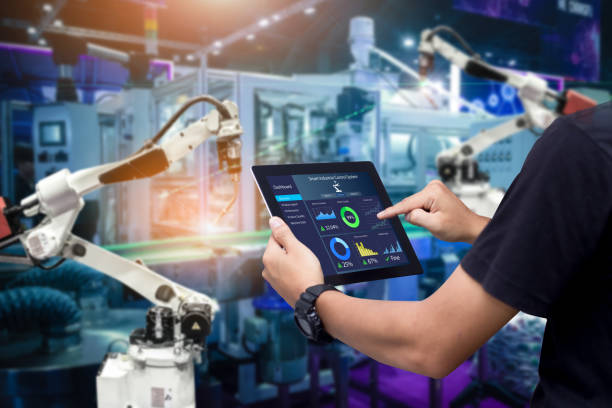Intelligent Transport System (ITS) is a combination of advanced technologies and systems that are aimed at improving the safety, efficiency, and sustainability of the transportation sector. ITS covers a wide range of transportation modes, including road, rail, maritime, and air, and encompasses various sub-systems such as traffic management, electronic toll collection, advanced traveler information, and vehicle safety systems.
What is Intelligent Transport System (ITS)
Intelligent Transport System (ITS) is a term that refers to a suite of technologies that are designed to make transportation safer and more efficient. ITS is made up of various sensors, computers, and communication networks that are used to monitor traffic conditions, plan routes, and communicate with vehicles.
ITS has many applications beyond just transportation. For example, it can be used to manage traffic congestion in cities or monitor emergency situations. ITS can also be used to improve the efficiency of freight shipments by routing them around bottlenecks.
In the future, ITS will become even more advanced and integrated with other systems like the internet of things (IoT). This will enable it to collect data from multiple sources and use it to make better decisions about how to move people and goods around cities.
Benefits of ITS
Intelligent Transport System (ITS) offers numerous benefits that are aimed at improving the overall transportation experience. Some of the key benefits of ITS are:
- Increased Safety: Intelligent Transport System (ITS) is designed to improve the safety of transportation by reducing the number of accidents and incidents that occur on the roads. For example, ITS systems can be used to monitor and regulate the speed of vehicles, as well as to alert drivers to potential hazards on the road.
- Improved Efficiency: Intelligent Transport System (ITS) systems can be used to optimize the flow of traffic and reduce congestion, leading to more efficient transportation. For example, ITS systems can be used to manage and control traffic signals and provide real-time information to drivers about road conditions, which can help to reduce travel times and improve the overall speed of transportation.
- Enhanced Sustainability: ITS systems can be used to reduce the environmental impact of transportation by promoting more efficient and sustainable modes of transportation. For example, ITS systems can be used to encourage the use of electric vehicles and public transportation, and to improve the fuel efficiency of vehicles.

Applications of ITS
Intelligent Transport System (ITS) can be applied in a number of different transportation modes, including road, rail, maritime, and air. Some of the key applications of ITS are:
- Road Transportation: One of the most common applications of ITS in the road transportation sector is traffic management, which can be used to monitor and control the flow of traffic, as well as to reduce congestion. Other ITS applications in the road transportation sector include electronic toll collection, advanced traveler information, and vehicle safety systems.
- Rail Transportation: In the rail transportation sector, ITS can be used to improve the safety and efficiency of trains, as well as to provide passengers with real-time information about their journey. For example, ITS systems can be used to monitor train movements and provide passengers with real-time updates about train schedules and delays.
- Maritime Transportation: In the maritime transportation sector, ITS can be used to improve the safety and efficiency of ships, as well as to monitor and control maritime traffic. For example, ITS systems can be used to monitor the movements of ships, provide real-time information about vessel positions, and improve the overall safety and efficiency of the shipping industry.
- Air Transportation: In the air transportation sector, ITS can be used to improve the safety and efficiency of aircraft, as well as to provide passengers with real-time information about their journey. For example, ITS systems can be used to monitor the movements of aircraft, provide real-time updates about flight schedules and delays, and improve the overall safety and efficiency of the aviation industry.
Conclusion
Intelligent Transport System (ITS) is a combination of advanced technologies and systems that are aimed at improving the safety, efficiency, and sustainability of the transportation sector. ITS offers numerous benefits, including increased safety, improved efficiency, and enhanced sustainability, and can be applied in a number of different transportation modes, including road, rail, maritime, and air etc.

